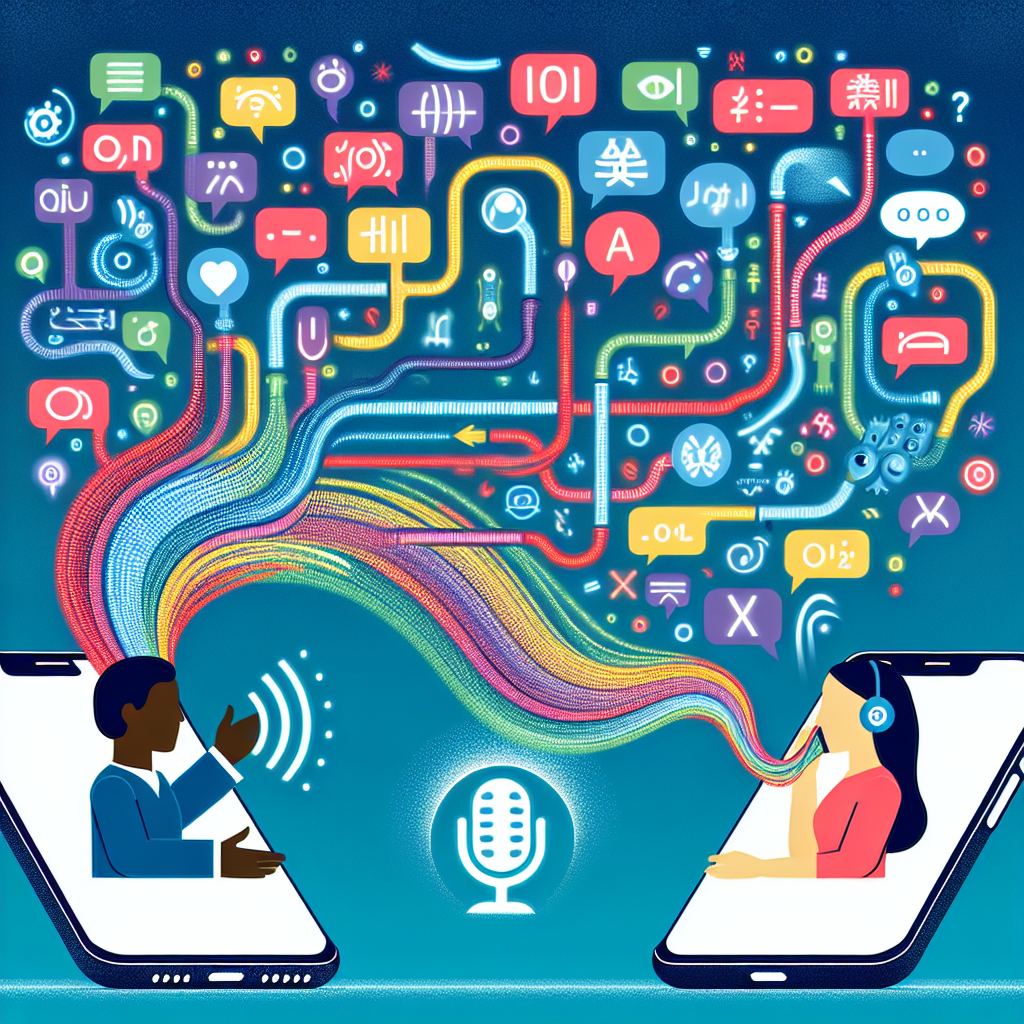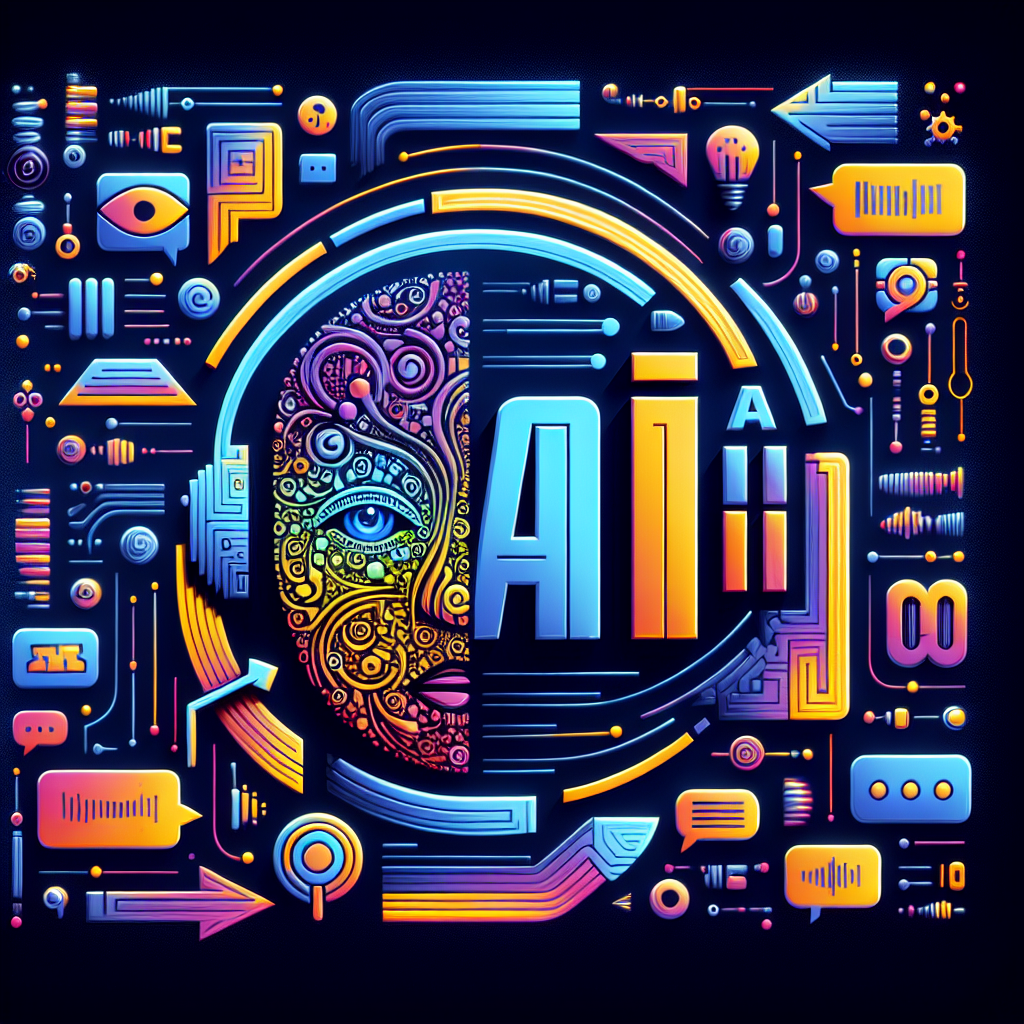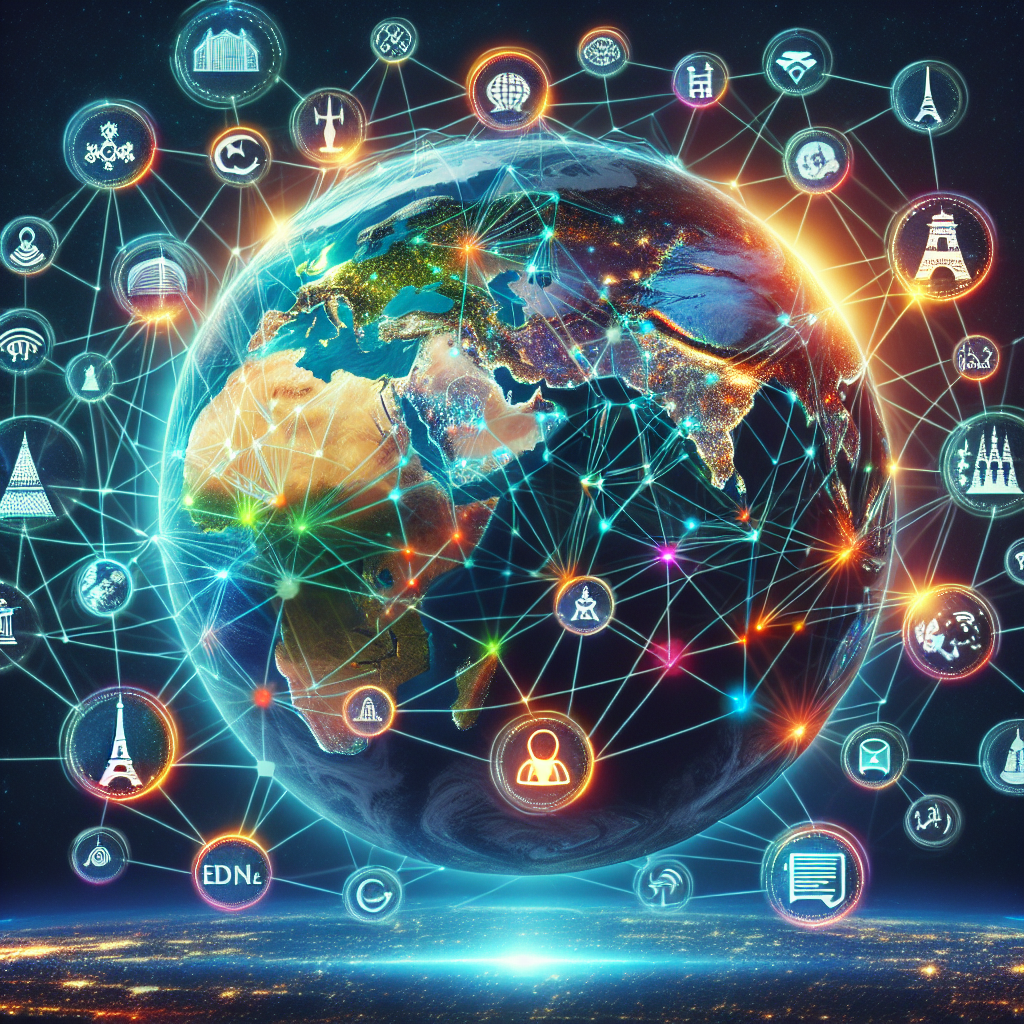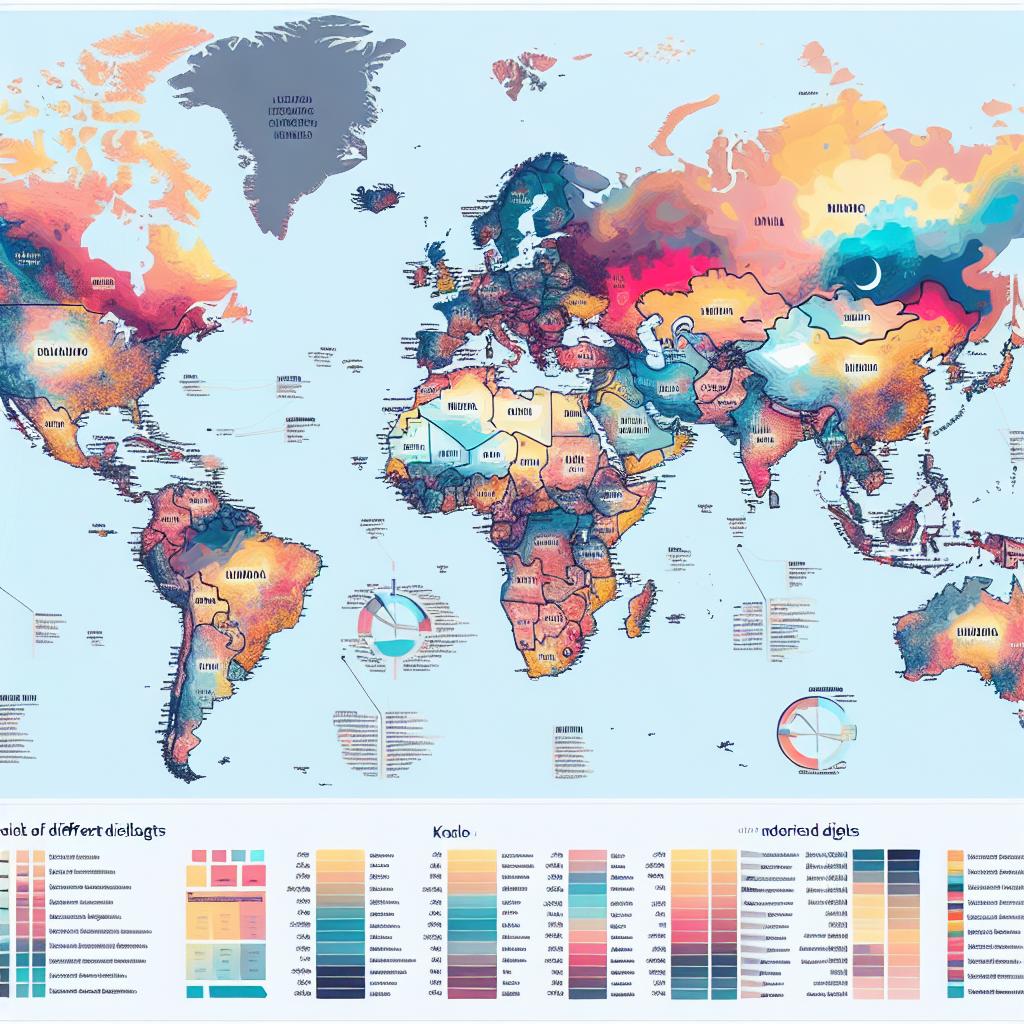
In our increasingly global and intertwined world, clear and efficient communication is crucial. Further increasing this complexity is the reality of operating in a multilingual environment, which can complicate interactions on platforms like phone calls. A promising solution? Artificial Intelligence. Today, AI-powered tools are ideally suited to address the formidable challenge of language translation in real time, breaking down barriers to effective communication in a diverse world.

AI's contribution to multilingual support in phone calls mainly revolves around Natural Language Processing (NLP) and Machine Learning. NLP, a subset of AI, focuses on the interaction between computers and human language, specifically in enabling computers to understand, interpret, and mirror human language in a way that is both meaningful and contextually appropriate.
Further supported by Machine Learning, these AI systems learn more about sentence structure, idioms, and the nuances of language through an iterative process of training and feedback, improving their accuracy and fluency over time. The end result? AI tools that can turn spoken words in one language into accurate and immediate translations in another – overlaid in real time during your phone call, text conversation or video chat. This wasn't possible a few years ago, but today's AI technology has grown to the point where it can provide real-time, multilingual support on a moment's notice.
This piece aims to delve deeper into exactly how AI is increasingly deployed to facilitate multilingual communication on phone calls, exploring the underlying technology, its current applications, and projection for the near future.
In the digital era, ensuring seamless communication is crucial for businesses, particularly in an internationally interconnected world. This is where Artificial Intelligence (AI) steps in to break language barriers in phone calls through multilingual support. But how exactly does AI understand and translate languages across different dialects and accents? The process is intricate, encompassing a variety of technological solutions.
The key force behind AI's language comprehension and translation abilities is Natural Language Processing (NLP). NLP refers to the spectrum of computational techniques enabling computers to interpret text and speech as users do, and is central to the build of smart assistants like Alexa or Siri. It helps decode the semantics, phonetics, discourse, and syntax of human language, rendering input interpretable for the machine.
When it comes to translation, machine learning models are at play. Using these models, a text or speech is initially translated into a 'universal language' or 'interlingua' inside AI. It is then translated from this underline language to the desired dialect. This 'neural machine translation' has become exceptionally proficient, even besting human translators in some tests. AI can now even discern slang, tone, and regional dialects, an accomplishment achieved through deep learning processes.
In a real-time phone call, this enormous process is almost instantaneous. As soon as a person starts speaking, the AI-driven system swiftly kicks into action, converting the speech into text, understanding the context, and translating it into the language the receiver understands, all in a matter of seconds. The growth of cloud-based AI language technologies has hence made on-the-go translation feasible and efficient.
AI's quest to break language barriers is no longer a dreamscape. Algorithms are improving constantly, powered by more sophisticated models and larger linguistic databases. Machine learning and Natural Language Processing are revolutionizing how businesses and individuals overcome language hurdles, paving the path for a truly global and inclusive conversation.
In a globally connected age, businesses must navigate complex language barriers seamlessly. One game-changing way is by incorporating AI Multilingual Systems into their operations. These systems have multiple benefits, which significantly contribute to the global outreach of businesses, the satisfaction of their customers, and improvement of their operational efficiency.

Firstly, integrating AI Multilingual Systems opens up a new realm of expanded global reach. These systems effectively break language barriers by providing real-time translation services in a variety of languages. For businesses, this means having the ability to connect and engage audiences from different linguistic backgrounds around the world. This international outreach broadens their potential customer base, impacting growth positively. Pertinent statistics and data can be found by following this link.
Moreover, these systems also drastically improve customer satisfaction. By providing swift and correct translations, businesses can engage with customers in their native languages, increasing their comfort and trust. This, in turn, leads to the building of strong and lasting customer relationships, essential for sustainable business growth. For more insights into this aspect, follow this link.
Finally, AI Multilingual Systems contribute to enhanced operational efficiency. Seamless communication across languages minimizes miscommunication and misunderstanding, which can lead to costly mistakes and loss of precious time. Effective communication also ensures that the required tasks or services are carried out promptly and correctly, increasing productivity and reducing overhead costs. In-depth research on this topic can be obtained from this link.
In conclusion, the use of AI Multilingual Systems to break language barriers on phone calls offers businesses a significant competitive edge in the current global market landscape. It acts as a gateway to international markets, fosters customer relationships, and promotes operational efficiency. In the coming years, we can expect to see more businesses leveraging these systems to leap over language barriers and bolster their growth.
The rapid technological advancements, coupled with the digitization of business, have led to the rise of Artificial Intelligence (AI) as a global game-changer. One of the significant areas where AI has made a phenomenal impact is multilingual support during phone calls, effectively eliminating language barriers. Several organizations globally have adopted AI-multilingual support systems with substantial success. Some case studies highlight the practical application of AI in action.
Unbabel, a leader in AI-powered multilingual support, has incorporated this technology to seamlessly translate conversations across multiple channels real-time. Equipped with high accuracy levels, it allows businesses to extend their reach across different geographies without language constraints. You can learn more about how Unbabel has improved international communication with AI
here.
Another impactful example is Microsoft's Translator. This cloud-based automatic translation service extends support to more than 60 languages. It enables users to have real-time conversation on their device, irrespective of language differences. More details on its implementation can be found here.
Google's Contact Center AI (CCAI) deserves mention in this context. CCAI enhances customer service by providing multilingual support for phone calls, allowing operators to communicate with customers in their own language. For case studies on Google's CCAI, follow this link.
In conclusion, these businesses, among others, have made smart use of AI to expand their international communications and bridge language gaps. By adopting AI systems for multilingual support, companies can simplify their phone call interactions, bolstering customer relationships on a universal scale while making the corporate world interconnected and linguistically inclusive.
While the advent of AI has made tremendous strides in breaking down language barriers in phone conversations, it still faces several challenges and limitations. These include but are not limited to complex dialect variances, cultural nuances, and technical restrictions.
One of the greatest challenges faced by AI tools is handling the myriad variations of dialect. There are more than 7,000 languages in the world, many with their own unique dialects and accents. It's a monumental task for AI solutions to identify and adapt to these variations. For example, Spanish spoken in Spain is different from that in Mexico or Argentina. Similarly, English in Australia differs significantly from that in the United States or the United Kingdom. This write-up highlights the struggle of AI with language dialects.

Another major stumbling block for AI translation tools is interpreting and translating cultural nuances. Languages are heavily shaped by the societies and cultures they are linked with, encompassing layers of context, humor, and idioms that often don't translate directly and can create misunderstandings. Here's a piece on how AI is grappling with cultural nuances in language.
Lastly, there are numerous technical limitations that still require ironing out. Issues of latency, where there's a lag in translation, or error rates, where the AI mistranslates or misinterprets certain phrases, affect the accuracy and reliability of these systems. In fact, even the best AI language systems have error rates of around 5-20%.
Moreover, majority of these AI systems rely on cloud-based servers which can potentially be impacted by issues of video or audio quality, connection stability, and data security concerns.
As AI continues to develop over the years, it can be expected that these challenges will be gradually overcome, building a future with more comprehensive, seamless, and inclusive phone communication regardless of language barriers.
With technology evolving rapidly, artificial intelligence's role in breaking language barriers in phone calls is undoubtedly one of the most anticipated future advancements. AI is transforming how we communicate at both personal and professional levels. Language and communication have ceased to be a barrier thanks to sophisticated AI-based machine translation and voice recognition technology.
Currently, AI has the ability to understand, translate, and speak multiple languages with impressive accuracy. However, future technologies might go beyond basic translation and voice recognition services. Scientists are continuously working on improving the contextual understanding and cultural familiarity of AI, which will enable it to comprehend nuances, dialects, slang, and colloquialisms. In the future, we may witness AI systems that can adapt to new languages and dialects on their own, just like a human does. Such evolution will lead to increased efficiency and effectiveness in business communication, especially on a global scale.
Machine learning algorithms, a subset of AI, are being optimized to improve the language model of AI systems continuously with every interaction. This aspect of AI development will pave the way for AI to have fluent multilingual and multicultural conversations with their human counterparts, further revolutionizing phone call communications. In the future, AI may also be able to pick up on users' moods and emotions, making conversations more empathetic and engaging. Just imagine a virtual assistant that not only understands multiple languages but also comprehends the subtle changes in the tone, speed, and volume of a speaker, accurately understanding the true context of the message.
In conclusion, the limitless potential of AI technology promises an exciting future for multilingual support in business communications. As the technology matures, a seamless, language-barrier-free world becomes an achievable reality. At the same time, challenges and ethical issues such as data privacy and cultural sensitivity need to be addressed as AI continues to boom in the telecommunication sector.Future challenges of AI in telecommunications.
Start your free trial for My AI Front Desk today, it takes minutes to setup!








